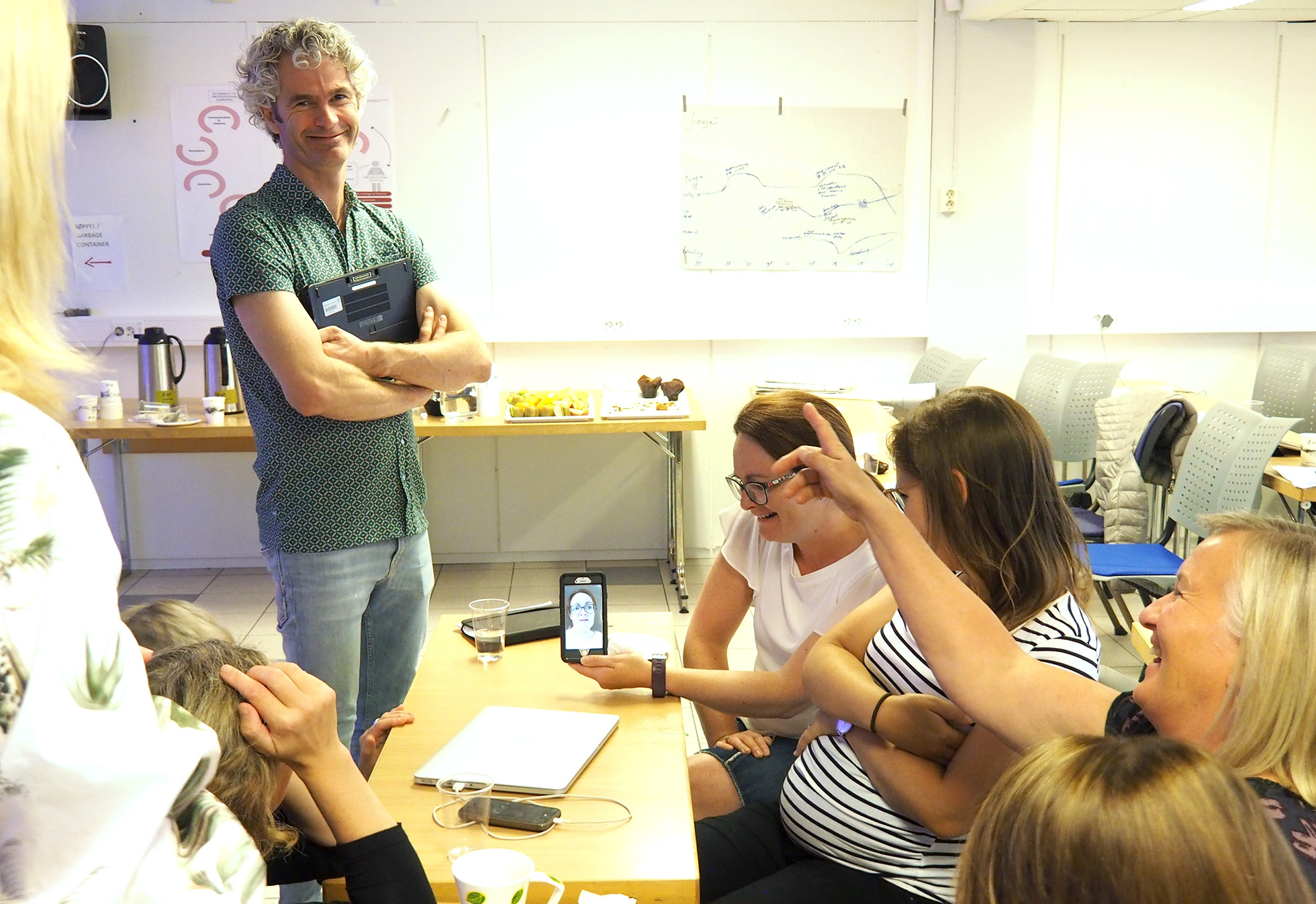
Interrogating Professionalism
October 1, 2018
‘Voice Over Teaching’ for Teacher Educators
November 5, 2018Explicating students’ beliefs about good history teaching

Beliefs are important in the development of teachers’ professional identity. The importance of developing beliefs about teaching and learning need to be debated, and we have to help teacher students to express their beliefs. This blog discusses a pedagogy we use in our teacher education program to elicit history students’ beliefs on how history should be taught in the classroom, to encourage them to describe the development of their beliefs and how this development is stimulated or hindered.
Students have a master’s degree in history when they start at our program. In the first weeks of the program we ask them to write a position paper about the objectives of history education in secondary school. Central questions are how and why do you want your pupils to learn the subject of history? We wanted to enhance the coherence and quality of the students’ papers. To help the students elicit and organize their beliefs we developed an assignment called the ‘diamond’ (see image). The diamond is an example of a pedagogy used in the history classroom in secondary school, Active Historical Thinking (Havekes, 2012).
As preparation for the lesson, the students read an article about different objectives for history education (Wansink 2015, 2016). In the class, each student receives a set of cards with statements about the objectives of history education. They have to put the cards within the diamond, the most important statements at the top, the least important at the bottom (see image). We ask them to explain the rationale behind their choices for the top and bottom three cards. The visualization of their beliefs and the discussion about the relationships between them helps the students to formulate a position on what the school subject of history should be about.
At the end of their teacher education program (after one year), we ask the students again to organize their beliefs in the diamond, using the same set of cards. This time the central question is: If you look at your history lessons in the past year, what were the main objectives? After organizing the cards, we give them the image of the diamond they composed at the start of the teacher education program. We ask them to make a comparison. What differences and similarities do they see? Does that mean that their beliefs have changed? The students use these insights for their reflective, final exam.
 This assignment helps students to make their beliefs explicit. The hierarchy within the diamond makes decision making obligatory.
This assignment helps students to make their beliefs explicit. The hierarchy within the diamond makes decision making obligatory.
Weighing objectives helps explicating their personal beliefs about what they think is important in teaching history. At the start of the program students often put cards that represent an interpretative objective of history at the top and cards that present a factual objective at the bottom. At the end of the program cards that represent interpretative history shift downwards and cards that present factual history shift upwards. The comparison of the diamond that they made at the beginning and the one they made at the end of the teaching education program thus shows that beliefs and teaching practice are different. Most students think the interpretative objective is very important, but have trouble putting it into teaching practice during their fieldwork. The final assignment makes this tension explicit for the students and challenges them to think about the alignment of their beliefs and teaching practice.
Teacher educators
Currently we develop a diamond assignment to elicit teacher educators’ beliefs about teacher education programs. The statements for the assignment will be based on curriculum orientations adjusted to teacher education. The diamond will be used to elicit novice teacher educators’ beliefs. After a year of educating future teachers we will ask them to do the assignment again, to see if and how their beliefs have developed. But foremost it is an instrument to initiate conversation and discussion.
References
Chapman, A. Camels, diamonds and counterfactuals. A model for teaching causal reasoning. Teaching History 112, 46-53.
Havekes, H., Van Boxtel, C., Coppen, P.-A., & Luttenberg, J. (2012). Knowing and doing history. A conceptual framework and pedagogy for teaching historical contextualization. International Journal of Historical Learning, Teaching and Research, 11(1), 72-93.
Wansink,B.G.J., et al. (2015) Epistemological tensions in prospective Dutch history teachers' beliefs about the objectives of secondary education. The Journal of Social Studies Research (2015)
Wansink, B.G.J. et al. (2016) The Certainty Paradox of student history teachers: Balancing between historical facts and interpretation. Teaching and Teacher Education 56 (2016) 94-105.
Arnoud Aardema
Arnoud Aardema is a teacher trainer at Radboud Teachers Academy (Nijmegen, the Netherlands) since 2004, specialized in history pedagogy, Active Historical Thinking. History teacher at several secondary schools between 1998 and 2011. Currently coordinating the masters and bachelor programs. Because of the shifting focus towards management within the academy, professional development of teacher educators is becoming a subject of interest.
He is currently working on an assignment to elicit teacher educators’ beliefs on what a good teacher education should be. The aim is to use the assignment to stimulate conversation between teacher educators on the goals and structure of the teachers’ program.







